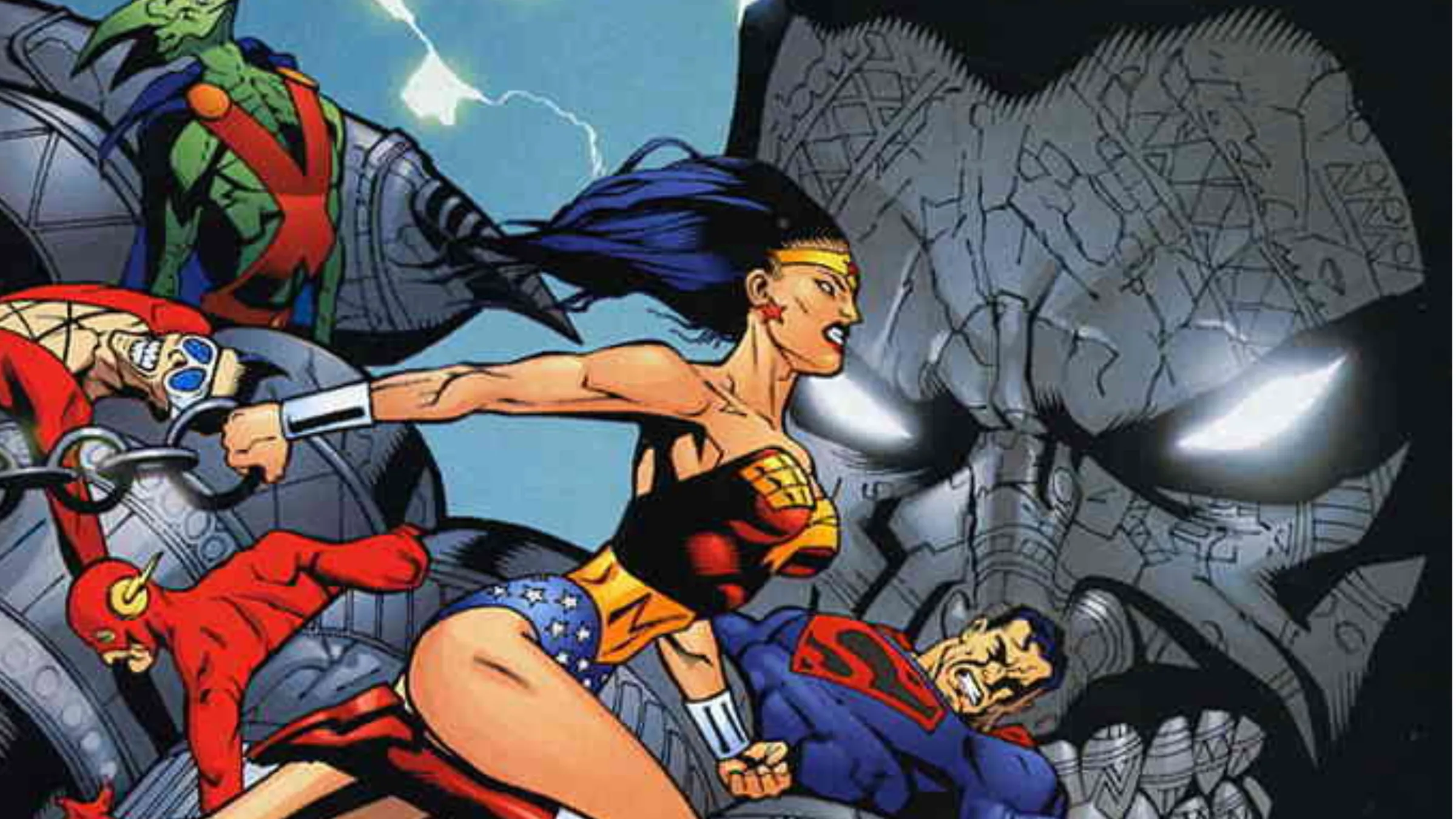
The Justice League is a landmark team in comic book history, effectively updating the idea of the Justice Society for a new era. Composed of DC’s biggest heroes from the Silver Age, the League became incredibly popular, inspiring Marvel to revive its own superhero teams. Their stories also dramatically changed how comic books explored the concept of alternate universes. The Justice League quickly became the go-to team for DC’s most famous heroes, tackling challenges too big for any single hero to face. Over the years, many different versions of the team have formed, ranging from lineups of superstar heroes to groups of lesser-known characters.
The Justice League has had its share of changes and challenges, almost as captivating as the adventures the team goes on. Over the years, some of the most talented comic book creators have contributed incredible stories. While many fans have their preferred eras of the Justice League, one run consistently overlooked by both readers and critics is the work of Joe Kelly and Doug Mahnke – and it was surprisingly excellent. They took on a tough task and exceeded expectations more than most people remember.
Kelly and Mahnke Kept Up the Legacy of Greatness They Inherited

The storyline Crisis on Infinite Earths dramatically reshaped the Justice League, and the wider DC Universe. The team transitioned from being composed of the most powerful heroes on Earth to a mix of a few experienced members—like Batman, Martian Manhunter, and Black Canary—alongside newer, younger heroes. This led to a shift in focus, with the League’s adventures becoming more lighthearted and resembling a superhero comedy rather than epic battles against major villains. DC maintained this version of the team for too long, ultimately requiring a significant overhaul to restore its former glory.
Grant Morrison revitalized the Justice League in the 1990s with classic superhero stories focusing on the team’s biggest heroes facing their most powerful enemies. His successful run ended in the early 2000s, and Mark Waid took over the title, JLA. While not as widely praised as Morrison’s work, Waid’s run was still well-received and lasted a little over a year. Joe Kelly, a writer known for his work on X-Men and Action Comics, then teamed up with artist Doug Mahnke, starting with issue #61. They collaborated until issue #75, and later reunited for JLA #100 and Justice League Elite.
The team’s run on the book is best remembered for “The Obsidian Age,” a story that sent the Justice League back in time to resolve trouble with Atlantis. This arc introduced Manitou Raven, an ancient Native American shaman and member of the League of Ancients, along with his wife, Dawn. It revitalized Atlantis’s history, portraying it as a land of magic and mystery – a departure from recent Justice League stories. The story also showcased the full potential of Plastic Man and gave Martian Manhunter a rare spotlight, delving deeper into the tragic history of Mars.
Following issue #76, writer Joe Kelly continued the book without artist Duncan Rouleau, but Rouleau returned for JLA #100 and then collaborated with Kelly on the twelve-issue series Justice League Elite. This series reintroduced the Elite team – created by Kelly and Rouleau – and paired them with the Justice League, offering a fresh take on the heroes. Justice League Elite is a hidden treasure, taking both teams in exciting new directions. It was also a pioneering comic, being one of the first to feature a major superhero team engaged in covert operations. Though out of print for a while, the twelve issues are well worth seeking out. It blends the high stakes of classic Justice League stories with a unique team dynamic, showcasing the brilliance of Kelly and Rouleau’s run on the League: it was truly different.
Kelly and Mahnke Brought a Unique Flavor to the Justice League

When Kelly and Mahnke started working on JLA, readers anticipated a familiar type of Justice League story. Previous writers like Morrison and Waid were known for large-scale narratives, complemented by the polished artwork of artists like Howard Porter and Bryan Hitch. Kelly and Mahnke, however, took a different approach. Kelly wasn’t a grand, visionary writer like Morrison or Waid, but someone who excelled at reimagining classic concepts. Mahnke’s art, similarly, had a raw, gritty quality that highlighted the more challenging aspects of superhero life. Their unconventional styles were a perfect match, and that’s what made their collaboration so effective.
During the Morrison and Waid run on JLA, the series fell into a pattern similar to those before their tenure. While Kelly and Mahnke later revitalized the book with fresh directions, the series began a decline during Waid’s time. Looking back, their stories together were actually quite strong and innovative. They really expanded the possibilities for JLA, and deserve recognition as one of the best creative teams to ever work on the Justice League.
Read More
- Hazbin Hotel season 3 release date speculation and latest news
- This 2020 Horror Flop is Becoming a Cult Favorite, Even if it Didn’t Nail the Adaptation
- Silver Rate Forecast
- Fishing Guide in Where Winds Meet
- Gold Rate Forecast
- Meet the cast of Mighty Nein: Every Critical Role character explained
- Where Winds Meet: How To Defeat Shadow Puppeteer (Boss Guide)
- Jelly Roll’s Wife Bunnie Xo Addresses His Affair Confession
- 7 1990s Sci-fi Movies You Forgot Were Awesome
- Taming Quantum Chaos: A Stochastic Approach to Many-Body Dynamics
2025-11-22 20:11